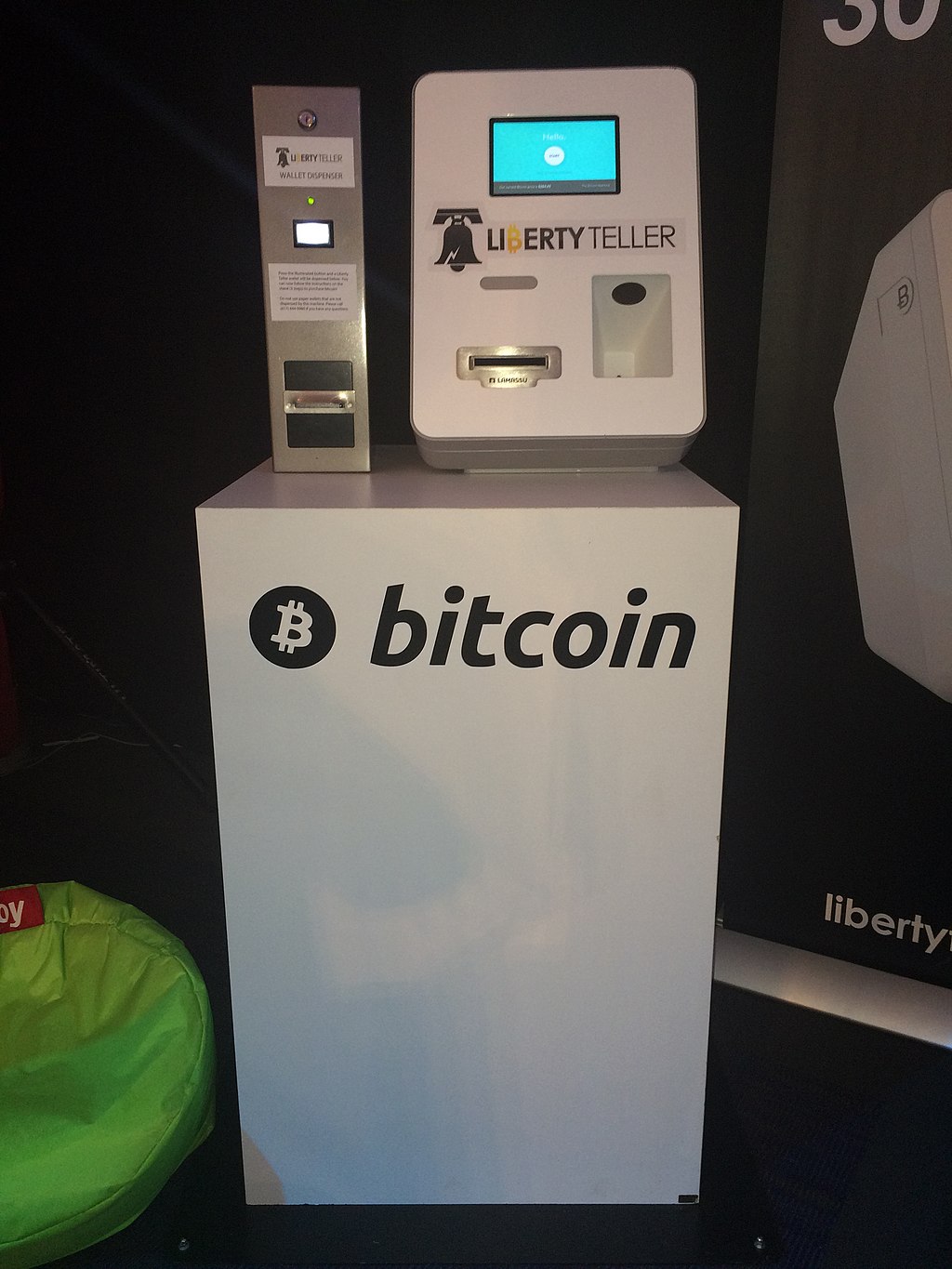Introduction

Cryptocurrency is a type of binary data that is used as a medium of exchange. Cryptocurrency does not exist in physical form (as paper money does) and is not typically issued by a central authority like a central bank. Validators are used by some Crypto schemes to keep the cryptocurrency running.
Owners put up their tokens as collateral in a proof-of-stake model. In exchange, they receive authority over the token in proportion to the amount staked.
Related content on our blog you may like:
Some of the best Crypto exchanges in Australia
Some of the best Crypto exchanges in New Zealand
Top reviewed options for buying/selling Crypto in Norway
A curated list of the best Crypto exchange apps in Dubai/UAE
Curated list of top Crypto apps and exchanges in Taiwan
Curated list of the top Hong Kong Crypto exchange apps
Curated list of the leading Singapore Crypto exchange platforms
Some background history of Cryptocurrency and its concepts

(The current logo of BitCoin currently the most famous Crypto coin)
Cryptocurrency is a type of electronic money that can be untraceable by the issuing bank, the government, or any third party, but it is not necessarily anonymous, contrary to popular belief.
David Chaum, an American cryptographer, invented ecash, an anonymous cryptographic electronic money, in 1983. Later, in 1995, he achieved this with Digicash, an early form of cryptographic electronic payments that required user software to withdraw notes from a bank and designate specific encrypted keys before sending them to a recipient.
The National Security Agency published a paper titled How to Make a Mint: the Cryptography of Anonymous Electronic Cash in 1996, describing a Cryptocurrency system, first on an MIT mailing list and then in The American Law Review in 1997. (Vol. 46, Issue 4). Many other people have compiled research and developed alternative implementations since these initial developments.
Bitcoin, the first and most well-known decentralized cryptocurrency, was created in 2009 by a presumably pseudonymous developer named Satoshi Nakamoto. To date, the identity of Satoshi and whether he or she was alone in creating Bitcoin or part of a larger group is unknown however some theories have been developed.
El Salvador became the first country in the world to accept Bitcoin as legal tender in June 2021, after the Legislative Assembly voted 62–22 to pass a bill classifying the cryptocurrency as such. Since Bitcoin was established many different coins and technologies have emerged and collectively make up what is known as the Crypto & Blockchain ecosystem.
Different types of Cryptocurrencies & configurations

In addition to regular decentralized Crypto coins like BitCoin there is a range of different types of coins which operate in different ways such as the following:
Stable Coin
A stablecoin is a different approach that aims to provide stability and work more in line with traditional currencies like those issued by central banks like the U.S Dollar (USD) or Euro.
Stablecoins can also be tied to real-world objects or commodities of value such as Gold or Silver in order to maintain the value and stability of the currency.
Stablecoins are designed with the idea of maintaining reserve assets behind a currency but with the convenience of a digital currency such as instant transactions without delays, security, and privacy. An example of a Stablecoin is USD Coin (USDC) which was created by the Crypto exchange CoinBase and is pegged to the U.S Dollar.
Altcoin (Alternative Coin)
An Altcoin refers to any coin that is separate from Bitcoin and while they often share similarities may function slightly or radically differently.
For example, the methodology used to verify transactions may be different, and other Altcoins may introduce different functionality such as the ability to create smart contracts through custom-developed software.
As of March 2021, Altcoins accounted for 40% of the total cryptocurrency market, with more than 9,000 cryptocurrencies and counting (According to CoinMarketCap).
Some examples of Altcoins include Monero, Ethereum, and Litecoin amongst many others.
Technology Architecture
Decentralized Cryptocurrency is created collectively by the entire Cryptocurrency system at a rate defined when the system is created and made public. Satoshi Nakamoto’s group or individual created the underlying technical system on which decentralized Cryptocurrencies are based.
As of May 2018, there were over 1,800 cryptocurrency specifications. Most Cryptocurrencies are designed to gradually reduce the production of that currency, thereby limiting the total amount of it in circulation.
There are many important components that complete the underline architecture driving Cryptocurrencies such as:
Blockchains
A Blockchain is a constantly growing list of records known as blocks that are linked and secured with Cryptography. Each block includes a hash pointer to the previous block, a timestamp, and transaction data. Blockchains are inherently resistant to data modification by design.
Once recorded, the data in any given block cannot be changed without affecting all subsequent blocks. As a result, the decentralized consensus has been achieved using a blockchain.
Network Nodes
A node is a computer that connects to a Cryptocurrency network in the world of Cryptocurrency. The node contributes to the network of the relevant Cryptocurrency by relaying transactions, validating transactions, or hosting a copy of the blockchain.
When a transaction is initiated, the node initiating the transaction broadcasts details of the transaction to other nodes throughout the network using encryption, ensuring that the transaction (and every other transaction) is known.
Time-stamping Process
Various timestamping schemes are used by Cryptocurrencies to “prove” the validity of transactions added to the blockchain ledger without the need for a trusted third party.
The proof-of-work scheme was the first timestamping scheme invented. The most common proof-of-work schemes are SHA-256 and Scrypt.
CryptoNight, Blake, SHA-3, and X11 are some other hashing algorithms used for proof-of-work.
The proof-of-stake is a method of securing a Cryptocurrency network and achieving distributed consensus through requesting users to show ownership of a certain amount of currency. It is different from proof-of-work systems that run difficult hashing algorithms to validate electronic transactions.
The scheme is heavily reliant on the coin, of which there is currently no standard form. Some Cryptocurrencies employ a hybrid proof-of-work/proof-of-stake scheme.
Mining/Miners
The process of discovering a new cryptocurrency is known as cryptocurrency mining. The use of specialized machines such as FPGAs and ASICs running complex hashing algorithms such as SHA-256 and script has increased the rate of generating hashes, which validate any transaction.
As of July 2019, bitcoin’s electricity consumption was estimated to be around 7 gigatonnes, or 0.2 percent of the global total, or the equivalent of Switzerland.
Digital Wallets
Cryptocurrency wallets keep track of the public and private “keys” (addresses) or seeds that can be used to receive or spend cryptocurrency. It is possible to write in the public ledger using the private key, effectively spending the associated cryptocurrency.
There are several methods for storing keys or seeds in a wallet, ranging from paper wallets (traditional public, private, or seed keys written on paper) to hardware wallets and software-based digital wallets.
Adoption & Regulation
The Financial Action Task Force (FATF) has classified Cryptocurrency-related services as “virtual asset service providers,” and has recommended that they be subject to the same anti-money laundering (AML) and know-your-customer (KYC) regulations as financial institutions.
According to the Basel Committee on Banking Supervision, banks that hold Cryptocurrency assets must set aside capital to cover all potential losses.
Regulations around Cryptocurrency technologies vary significantly in different countries around the world with some countries imposing stricter rules than others.
Such technology has been adopted by traditional banking institutions such as Morgan Stanley. On March 17, 2021, Morgan Stanley announced that they will provide some clients with access to Bitcoin funds through three funds that enable Bitcoin ownership for investors with a high-risk tolerance. On February 11, 2021, BNY Mellon announced that it would begin offering cryptocurrency services.
As the technology matures it is being adopted in new ways by traditional and emerging industries and continues to innovate and disrupt the technology landscape.
Conclusion
We hope you found this resource page to be helpful, if so be sure to share it with anyone you think would find it interesting and share it on your social profiles.
Also, be sure to follow agrtech for updates and check out our blog and business services which include solutions such as SEO and Website Design/Hosting.
Related technology content from our glossary:
Fintech (Financial Technology)
How can you accept Cryptocurrency payments on your website?
How to buy Bitcoin in Australia
What are some of the best Cryptocurrencies to buy? (Interactive tool with new prices)
List of some of the best CFD trading programs for Dubai & UAE users
Cryptocurrency market analysis
Some of the best small business loans in Australia
Net worth calculator – online tool
Mortgage affordability calculator – online tool
Curated summary of the best CFD brokers/apps in Australia
What are Initial Exchange Offerings (IEOs)
Leading Cryptocurrency exchanges for Indian users
Top-rated Crypto exchanges for South Africa
Some of the best Cryptocurrency exchanges & apps for Saudi Arabia
Some of the best small business loan providers for Perth
Top Alternatives to Swyftx for Australian Crypto users
Top-rated Alternatives to Etoro for Australian CFD traders
Some of the best Cryptocurrency exchanges/apps for Canadians
Top CMC Markets Alternatives in Australia
Coinspot alternatives for Australian Crypto traders
Crypto wallet recovery services by AGR Technology
Web3 Marketing Services & Solutions For Brands
Curated summary of some of the best loan providers for Melbourne businesses
List of some of the best day trading applications for Australians
Top Forex trading platforms & brokers for Canadians
Top Etoro alternatives for Australian forex traders
What to look for when choosing a neobank app
Some of the best forex trading apps for New Zealand
Top Sydney business loan financing platforms
Citation(s) referenced in this page:
Cryptocurrency – Wikipedia. (2014, August 8). Cryptocurrency – Wikipedia. https://en.wikipedia.org/wiki/Cryptocurrency.
assets.press.princeton.edu/chapters/s10908.pdf. Accessed 8 Aug. 2021.
“How To Make A Mint: The Cryptography of Anonymous Electronic Cash” web.archive.org/web/20171105132003/http://groups.csail.mit.edu/mac/classes/6.805/articles/money/nsamint/nsamint.htm. Accessed 8 Aug. 2021.
BitCoin ATM Image Sourced from: Martin E. Walder, CC BY-SA 3.0, via Wikimedia Commons/Creative Commons
![logo-new-23[1] logo-new-23[1]](https://cdn-ihdfn.nitrocdn.com/eZVJvoSTyVixkEUySRKiaseNtUlmgCyu/assets/images/optimized/rev-e93b6b3/agrtech.com.au/wp-content/uploads/elementor/thumbs/logo-new-231-qad2sqbr9f0wlvza81xod18hkirbk9apc0elfhpco4.png)